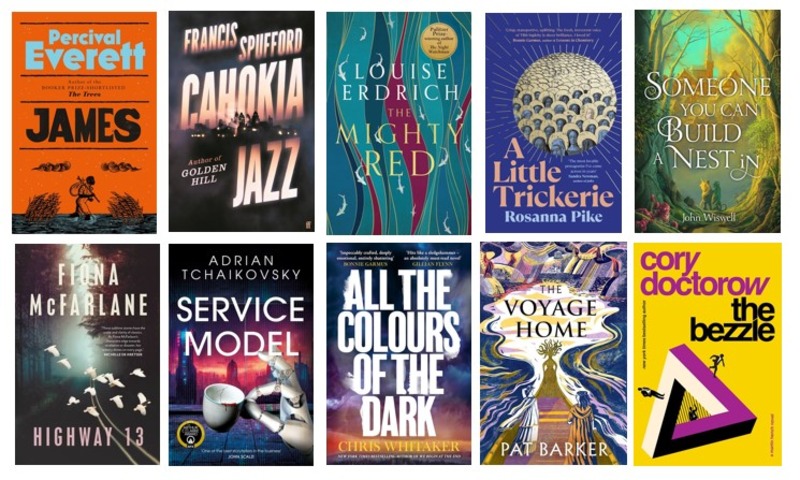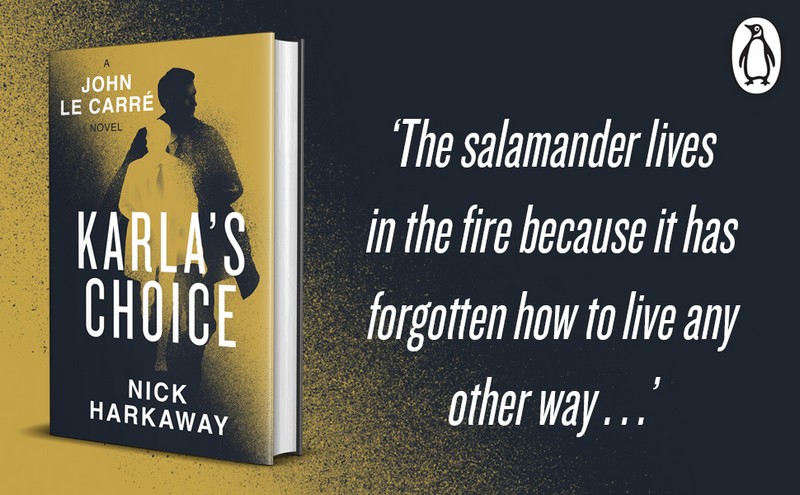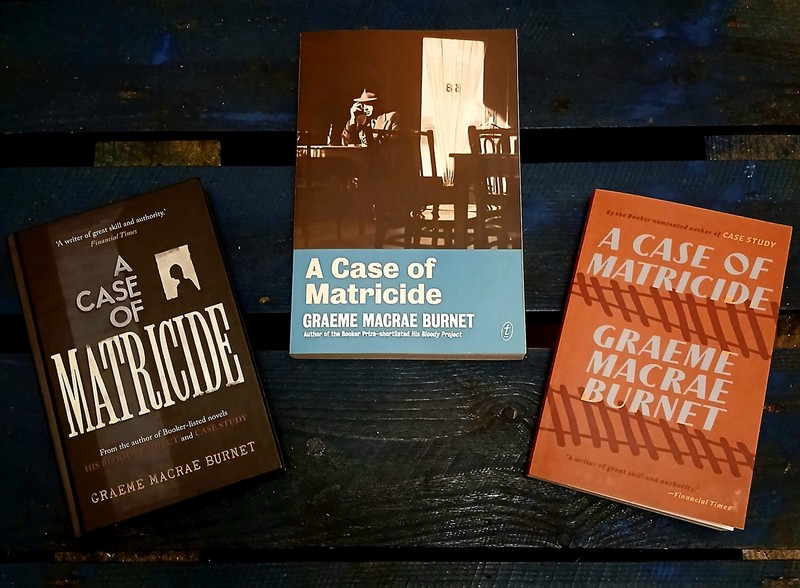 Cesare Aldo is back in the sequel to DV Bishop’s historical crime debut City of Vengeance. Once again, Bishop brings the world of Sixteenth Century Florence vividly to life while delivering a well paced murder mystery While this book deals with a very different crime, Bishop keeps some of the threads hanging from his debut ticking along in the background through an investigation by Aldo’s partner Carlo Strocchi.
Cesare Aldo is back in the sequel to DV Bishop’s historical crime debut City of Vengeance. Once again, Bishop brings the world of Sixteenth Century Florence vividly to life while delivering a well paced murder mystery While this book deals with a very different crime, Bishop keeps some of the threads hanging from his debut ticking along in the background through an investigation by Aldo’s partner Carlo Strocchi.
The Darkest Sin opens with a murder in a monastery. The victim is not one of the nuns but a man, found naked, in a pool of blood with multiple stab wounds. How Cesare Aldo finds himself there when the body is discovered takes a little while to explain but Bishop drops back a few days to describe the lead up to this event and Aldo’s connection to it. Although the church takes over the investigation of the murder, Aldo still manages to insert himself into the case, pushing through to find the truth no matter the cost. Once Aldo gets some control of the investigation, The Darkest Sin becomes an effectively claustrophobic procedural with a ticking clock behind it as the Church tries to wrap things up quickly. In the meantime, Strocchi stumbles upon the body of missing officer Cerchi and his investigation into that death inexorably leads him closer to Aldo.
The Darkest Sin is another great entry in this strong historical crime series. While the first book was tied closely in with the historical manoeuvrings of the Medici family, this volume is a little less beholden to specific events. Bishop still manages to incorporate key elements of Florentine history as a driver of some of the characters motivations. He is also interested in the fight between those who wanted to keep the monasteries open and those who wanted those women to be completely enclosed and cut off from the world.
And while, once again, the narrative ranges over key people in the story, the focus is on Aldo, with a strong supporting role from Strocchi. More is learnt about Aldo’s history, his early years being raised by a noble family despite being illegitimate and the consequences of the death of his father when he was twelve. And there is great insight into Strocchi, his moral code which seems at odds with the corruption and greyness that exists in Florence.
With The Darkest Sin Bishop continues to show his effortless capacity to deliver page-turning and interesting crime genre tales in a well realised historical setting. The red herrings are carefully laid, the twists are well paced and the conclusion is satisfying. And while sometimes the dialogue can feel a little anachronistic, readers should take this as Bishop capturing the spirit of the time in a way that makes sense to modern audiences. With this book ending on a kind-of cliffhanger, or at least a decision point for some of the characters, it feels like a third book is on the way and that beyond that this series may have some way to run. Given the strength of the first two entries that is not a bad thing.
Robert Goodman
For more of Robert’s reviews, visit his blog Pile By the Bed
Other reviews you might enjoy:
- The Waiter (Ajay Chowdhury) – book review
- My Darkest Prayer (S. A. Cosby) – book review
- Everyone in My Family has Killed Someone (Benjamin Stevenson) – book review

Robert Goodman is a book reviewer, former Ned Kelly Awards judge and institutionalised public servant based in Sydney. This and over 450 more book reviews can be found on his website Pile By the Bed.



